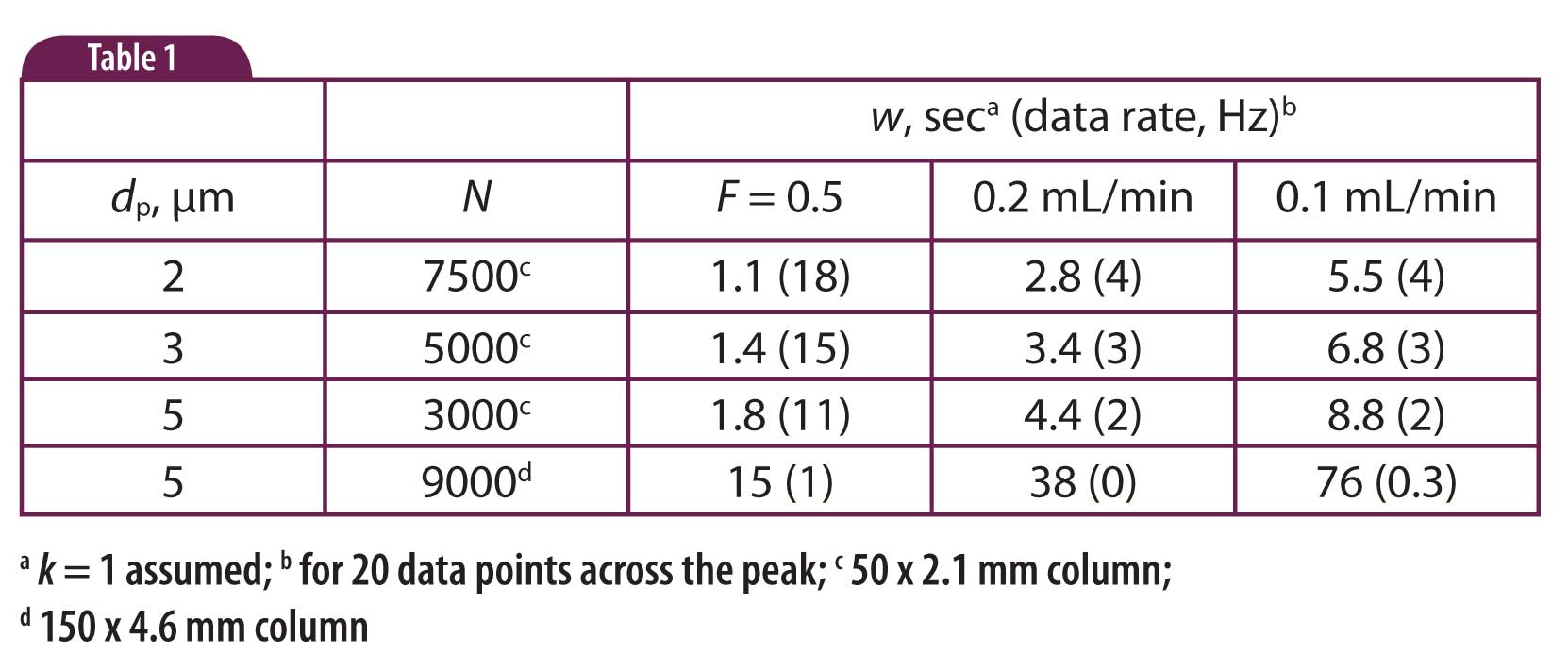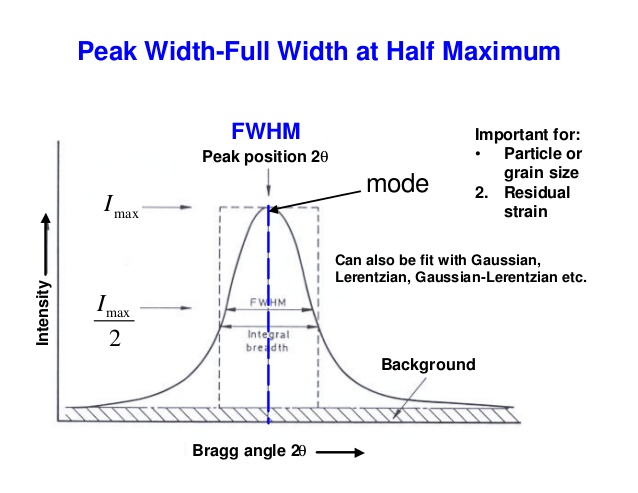
the width of a peak can be an independent variable, the same as the width of another peak, or can be given by complex (and general for all peaks) formula. The main advantage of the program is flexibility - parameters of peaks can be arbitrarily bound to each other, e.g.
#Peak width fityk series#
Fityk offers various nonlinear fitting methods, simple background subtraction and other manipulations to the dataset, easy placement of peaks and changing of peak parameters, support for analysis of series of datasets, automation of common tasks with scripts, and much more. Although the author has a general understanding only of experimental methods other than powder diffraction, he would like to make it useful to as many people as possible. It is reportedly used in crystallography, chromatography, photoluminescence and photoelectron spectroscopy, infrared and Raman spectroscopy, to name but a few. There are also people using it to remove the baseline from data, or to display data only. The most concise description: peak fitting software. Introduction What is the program for Fityk is a program for nonlinear fitting of analytical functions (especially peak-shaped) to data (usually experimental data).
#Peak width fityk how to#
20 How to add your own built-in function. 6 Functions and variables in data transformation. He is also known for his research with Lloyd Snyder, which resulted in more than 100 technical publications and three books.1. This blog article series is produced in collaboration with John Dolan, best known as one of the world’s foremost HPLC troubleshooting authorities. One of those costs is that narrower peaks require higher data-acquisition rates to adequately define the peaks. You can see from the data of Table 1 and from last week’s discussion that the advantages of small particle columns – faster runs, sharper peaks, and potentially higher plate numbers – do not come without some costs. Lower flow rates, as expected, will increase peak widths and the method run time, but should have little effect on the separation itself, because N for most small-particle columns is not affected much by flow-rate changes. When flow is changed and all other things kept constant, t0 should change, as should the retention times (assuming constant k-values). (Note that the values in Table 1 have been rounded for display purposes if you are repeating these, carry several decimal places through the process.)Īdditional entries on the right of Table 1 are for lower flow rates than the reference 0.5 mL/min. This and peak widths for the other columns (and other flow rates) are shown in Table 1. Working back through equations 4, 3 and then 2, we get a peak width of about 1.1 sec for the short, 2-µm column. To calculate retention for k = 1 at a flow rate, I’ve assumed a worst-case scenario with a short retention time, so the retention factor, k = 1. Next, we need to estimate the peak width for each column. You can see in Table 1 that N ranges from 3000 to 9000 for these columns. Equation (1) gives an estimate of N under realistic conditions, so it will be somewhat lower than that quoted in the column-performance data sheet.

Where L is the column length in mm and d p is the particle diameter in µm. To determine the peak width, first we need to estimate the column efficiency, or plate number, N: Our target is to calculate the peak width so that we can figure out the data acquisition rate required to gather 20 points across the peak. Let’s choose a 2-, 3-, and 5-µm particle column in the 50 x 2.1 mm configuration as well as a conventional 150 x 4.6 mm, 5-µm column as a reference case, as summarized in Table 1.

This week we’ll look at those calculations in a little more detail, in case you want to perform a similar exercise for your HPLC system. The data of Table 1 were generated to help give us a reality check on the hypothesis. In a previous article ( HPLC Solutions #91) we looked at a problem where we suspected that the data acquisition rate of the data system was too slow to gather a sufficient number of data points across a peak with a 2-µm particle column.


 0 kommentar(er)
0 kommentar(er)
